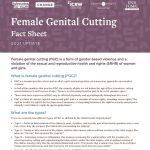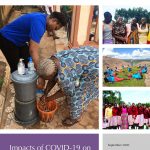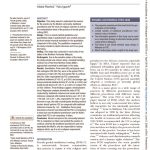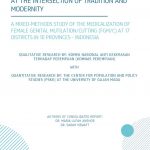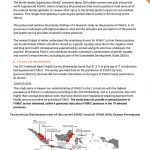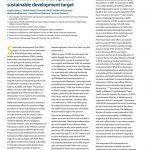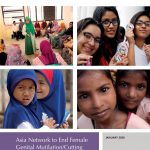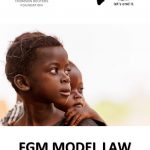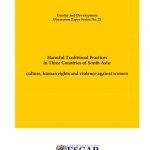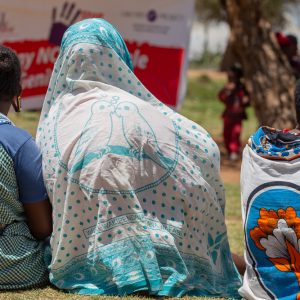Asia

Home | Where does FGM/C happen? | Asia
View all regions
View all countries
- Australia
- Benin
- Brunei
- Burkina Faso
- Cameroon
- Canada
- Central African Republic
- Chad
- Colombia
- Côte d’Ivoire (Ivory Coast)
- Denmark
- Djibouti
- Egypt
- Eritrea
- Ethiopia
- France
- Germany
- Ghana
- Guinea
- Guinea-Bissau
- Indonesia
- India
- Iran
- Iraq
- Ireland
- Jordan
- Kenya
- Kuwait
- Liberia
- Malawi
- Malaysia
- Mali
- Malta
- Mauritania
- Mexico
- Niger
- Nigeria
- Oman
- Pakistan
- Peru
- Portugal
- Russia
- Saudi Arabia
- Senegal
- Sierra Leone
- Singapore
- Somalia
- Somaliland
- South Sudan
- Spain
- Sudan
- Sweden
- Switzerland
- Tanzania
- Thailand
- The Gambia
- The Maldives
- Togo
- Uganda
- United Arab Emirates
- United Kingdom
- United States of America
- Yemen
- Zambia
- Zimbabwe
About FGC
Female genital cutting (FGC) is known to occur within some South and East Asian countries. Except in Indonesia, there are no national FGC prevalence statistics available across Asia. There are, however, numerous studies and reports from across the continent demonstrating that the practice occurs in various different settings.
In Indonesia, UNICEF reports that 49% of girls 0-14 have been cut. Between 2015 and 2030, a further 15 million girls in Indonesia will have been cut if we do not act to end the practice.
FGC is also known to occur within communities in India, Pakistan, Bangladesh, Malaysia, Thailand, the Philippines, Indonesia, Brunei, Sri Lanka and the Maldives.
Progress and challenges
There is a growing movement of campaigners and organisations bringing attention to the issue of FGC in Asian communities. Grassroots groups and local NGOs such as Sahiyo in India and Kalyanamitra in Indonesia are working within communities and advocating for an end to the practice.
Similar to other parts of the world where the practice is prevalent, FGC in Asia is a deeply entrenched social norm that is linked to cultural notions of femininity. It is largely practised as a way of controlling female sexuality and is often linked to religion, despite it not being a religious obligation.
Increasingly, medicalisation presents a challenge to progress. When cutting is offered as a procedure in clinics and hospitals, it legitimises the practice despite it being dangerous and harmful in all contexts. In countries such as Singapore and Malaysia, FGC is thought to be regularly carried out in medical settings.
Lack of research and data on FGC across the Asian continent continues to present a challenge, as the scale of the issue is unknown.
Find out more via our country profiles.Resources and Media
GUIDELINES
FGM Model Law
Africa, Asia, Australia, Benin, Burkina Faso, Cameroon, Central African Republic, Chad, Côte d’Ivoire (Ivory Coast), Djibouti, Egypt, Ethiopia, Europe, Ghana, Guinea, Guinea-Bissau, India, Indonesia, Iran, Iraq, Ireland, Kenya, Liberia, Malaysia, Mali, Malta, Middle East, Niger, Nigeria, Oman, Saudi Arabia, Senegal, Sierra Leone, Singapore, Somalia, Somaliland, Spain, Sudan, Switzerland, Tanzania, The Gambia, The Maldives, Uganda, United Kingdom, United States of America (USA)

